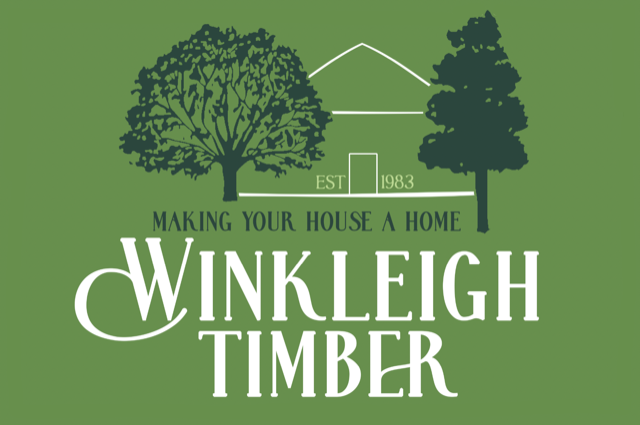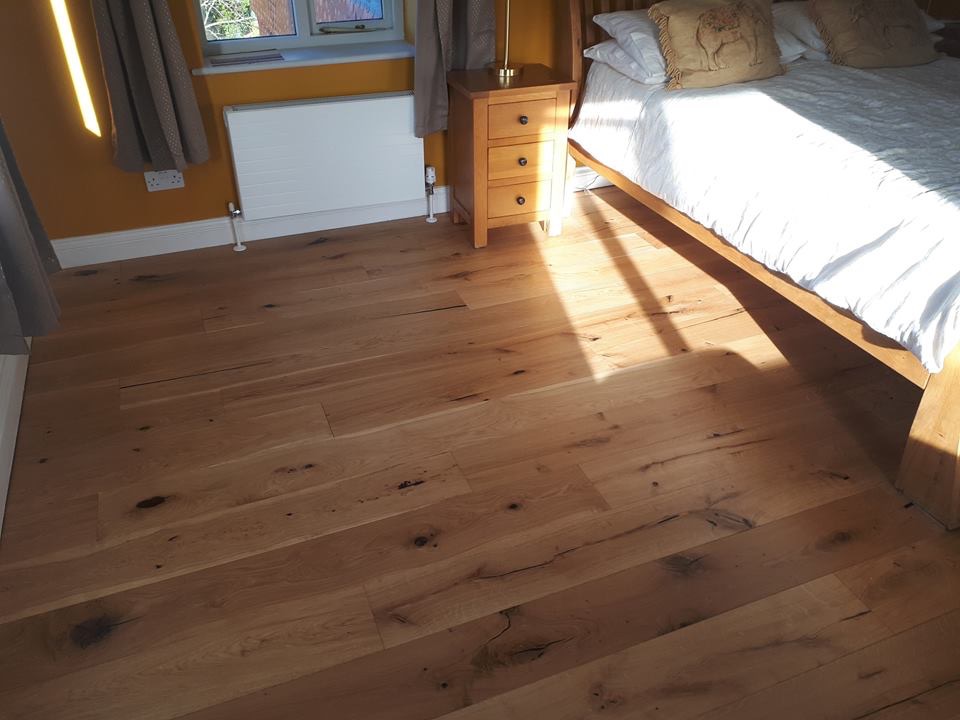Wooden floors are a popular choice for many homes, but not all wooden flooring is the same. Solid wood flooring and laminate flooring are well-known options, but here we’re going to explain a little more about the option many are turning to – engineered wood flooring.
What is engineered wood flooring?
Engineered wood flooring is made from a decorative top layer of real wood (also known as the wear layer), such as oak, which is supported by a core board, made up of layers of wood material such as fibres, veneers, boards, and strands, with an adhesive to make a composite.
This core board provides stability for the flooring and is actually more durable against moisture and heat changes than solid wood because it isn’t as prone to warping or shrinking.
There are different types of engineered wood floorboards, such as multi-ply, 3-ply, and HDF core, although the latter isn’t common for engineered floors and is often used for laminate flooring.
There is often a misconception that engineered wood is not ‘real wood’, but the top layer of engineered wood is a thick veneer of the chosen wood. This is different from laminate floors, where the top decorative layer is a print and only resembles wood in appearance.
Pros of engineered wood flooring
– The wear layer of engineered wood flooring has the natural characteristics of its solid wood counterpart and shares its strengths. For example, the top layer of an engineered oak floor will feel and behave in the same way as a solid oak floor.
– It is usually cheaper than solid wood alternatives, but no less durable.
– There is plenty of choice available.
– Provided the wear layer is thick enough, you can sand down and refinish the floors multiple times if you wish.
– Because of the core layer’s resistance to heat and moisture changes, it is a good option for homes with underfloor heating.
– It is a more stable option for older homes that tend to be more vulnerable to heat and humidity changes.
– It is easier to install because the stability provided by the layers means it doesn’t need to be nailed down, though this is still an option. Often, the boards are available with click locks and can be loose laid over an underlay.
– Underlay can also be used with engineered wood flooring, improving insulation.
Cons of engineered wood flooring
– As well as the strengths of solid wood, engineered wood will also share some of its weaknesses, meaning the top layer can still be scratched or marked if not properly maintained.
– Although it has better resistance to moisture than solid wood, engineered wood flooring is not waterproof.
– It still needs to be installed with expansion gaps, like solid wood, though this expansion will be less.
– Its lifespan may not be quite as long as natural wood flooring, although it can still be expected to last at least 20-30 years.
Hopefully this guide to engineered wood flooring has been helpful. If you think it might be the right choice for your home, you can view our selection, which also includes our solid wood flooring options.

